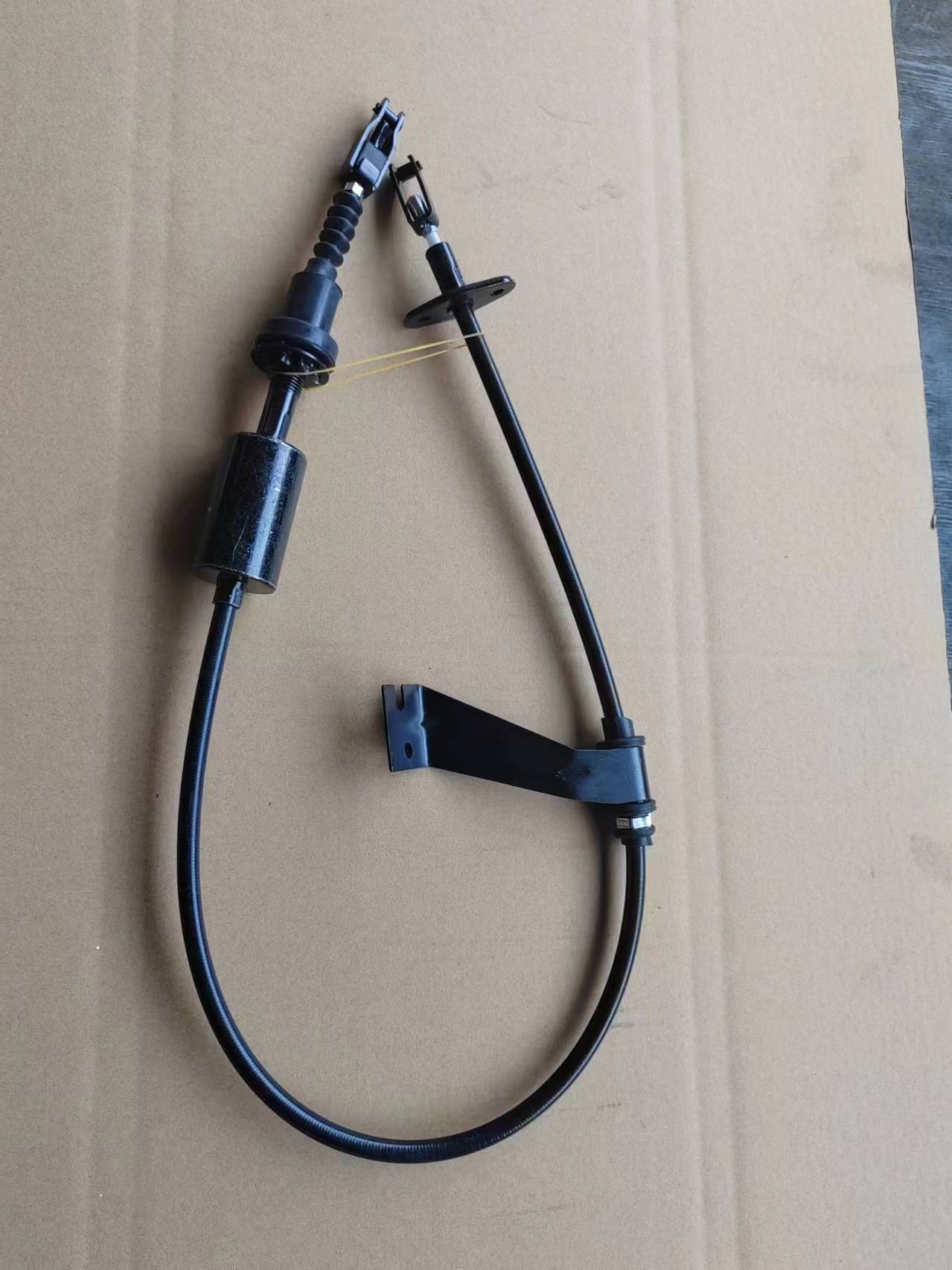gear stick cable
Understanding Gear Stick Cables Function, Importance, and Maintenance
The world of automobiles is filled with intricate systems that work together to deliver performance and comfort to drivers and passengers alike. Among these components, the gear stick cable plays a fundamental role in vehicle operation, particularly in manual transmission systems. This article will delve into the purpose of gear stick cables, their importance in vehicle mechanics, and tips for maintaining them to ensure a smooth driving experience.
What is a Gear Stick Cable?
A gear stick cable, often referred to simply as a shift cable, is a flexible conduit that connects the gear stick or shifter inside the car to the transmission system. When a driver moves the gear stick, the cable transmits this motion to the transmission, allowing the vehicle to change gears. In essence, the gear stick cable acts as the intermediary between the driver's intentions and the vehicle's mechanical response.
Functionality of Gear Stick Cables
The primary function of the gear stick cable is to facilitate shifting between gears in a manual transmission system. The cable mechanism translates the linear motion of the shifter into a rotational movement that engages different gears in the transmission. This process is crucial for the vehicle's performance, as the driver needs to select the appropriate gear for varying speeds and driving conditions.
In modern vehicles, many manufacturers replace traditional mechanical linkages with electronic gear shift systems. However, cable-operated systems remain popular in many manual transmission vehicles. They offer simplicity, reliability, and ease of installation, making them a favored choice for many automakers.
Importance of Gear Stick Cables
One of the most critical aspects of gear stick cables is their influence on the driving experience
. A well-functioning gear stick cable ensures smooth and precise gear changes, promoting better control and performance. On the other hand, a worn or damaged cable can result in difficult gear shifts, which may lead to frustration for the driver and potential mechanical issues for the vehicle.Moreover, gear stick cables are essential for the safety of a vehicle. If the cable fails, it could lead to a complete inability to change gears, creating hazardous driving conditions. For instance, being stuck in one gear can result in loss of acceleration, rendering a car unable to handle various driving situations, especially in emergencies.
gear stick cable

Maintenance of Gear Stick Cables
To keep gear stick cables functioning optimally, regular maintenance is necessary. Here are some tips for maintaining these vital components
1. Visual Inspections Regularly check the cable for signs of wear, fraying, or damage. Look for any rust or corrosion that could compromise its integrity.
2. Lubrication Keep the cable well-lubricated. Over time, dirt and grime can accumulate, making the cable stiff. Applying a suitable lubricant can help maintain flexibility and ease of movement.
3. Proper Installation If you ever find the need to replace the gear stick cable, ensure it is installed correctly. A poorly installed cable can lead to malfunction and quicker wear.
4. Mind Your Driving Habits Avoid excessive and forceful shifting, as this can place undue strain on the gear stick cable. Gentle, deliberate movements can prolong the cable's lifespan.
5. Consult Professionals If you experience issues with gear shifts, it's wise to consult a professional mechanic. They can diagnose potential problems with the gear stick cable and recommend necessary repairs or replacements.
Conclusion
In summary, gear stick cables are integral to the operation of manual transmission systems, and their importance cannot be overstated. By understanding their functionality, recognizing their significance, and adhering to maintenance guidelines, drivers can ensure a smooth, safe, and enjoyable driving experience. A little attention to these often-overlooked components can go a long way in preserving the performance of a vehicle and enhancing the overall driving experience.
-
Workings of Clutch Pipe and Hose SystemsNewsJun.04,2025
-
The Inner Workings of Hand Brake Cable SystemsNewsJun.04,2025
-
The Secrets of Throttle and Accelerator CablesNewsJun.04,2025
-
The Hidden Lifeline of Your Transmission Gear Shift CablesNewsJun.04,2025
-
Demystifying Gear Cables and Shift LinkagesNewsJun.04,2025
-
Decoding Clutch Line Systems A Comprehensive GuideNewsJun.04,2025
